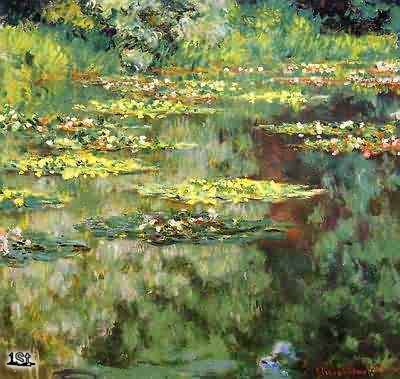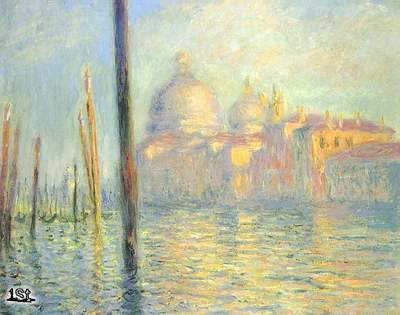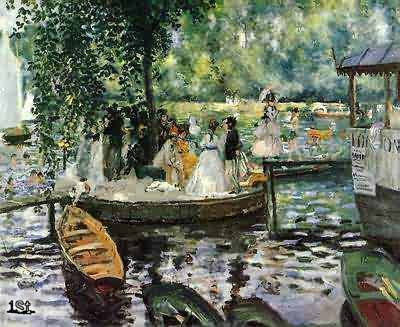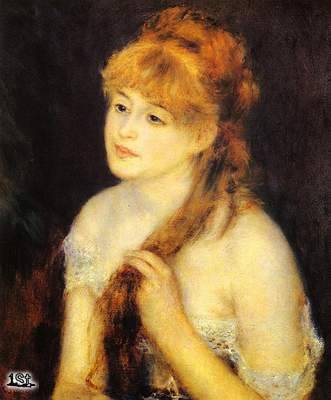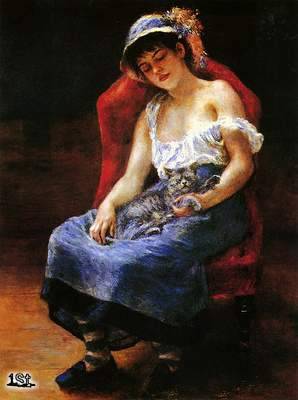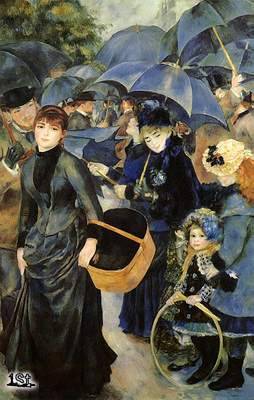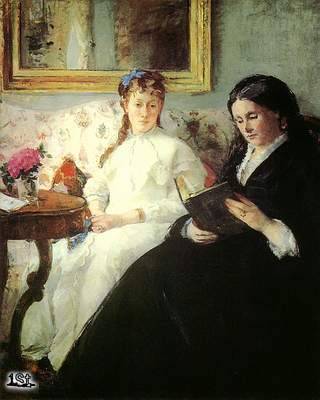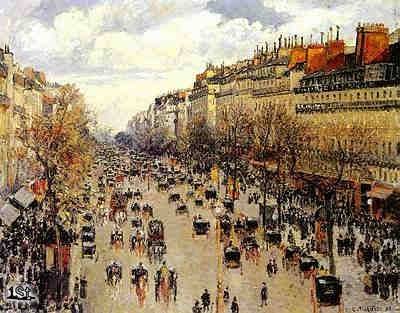

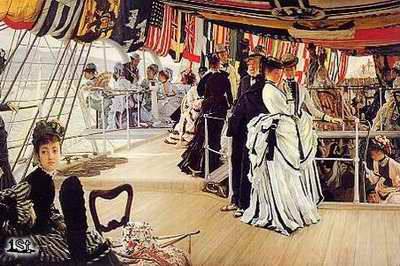
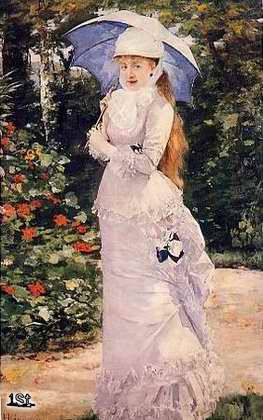
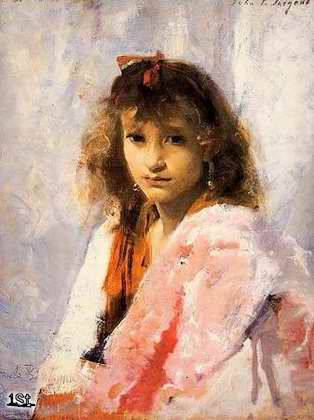
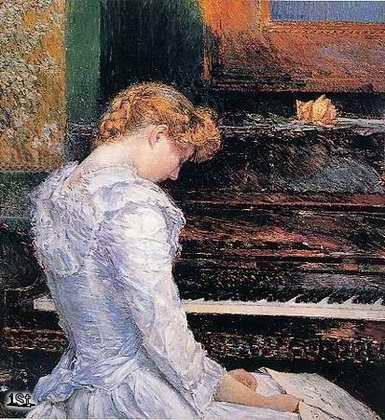

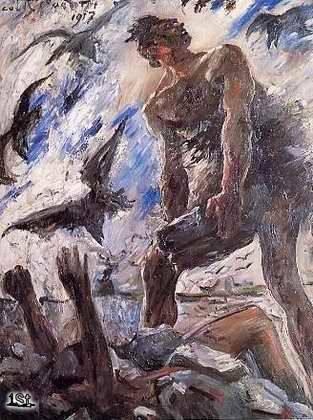

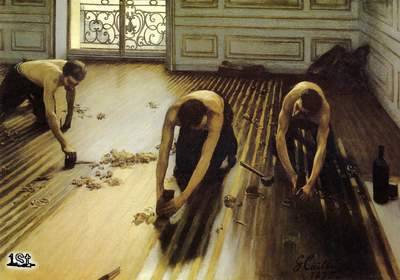



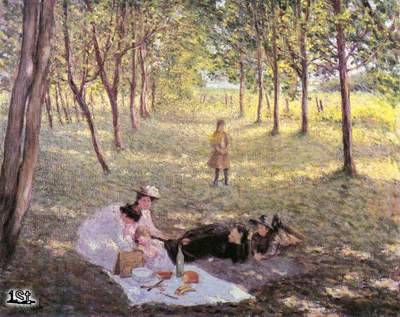
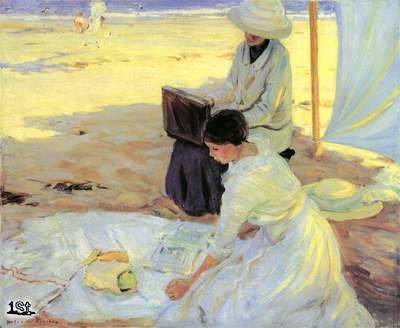
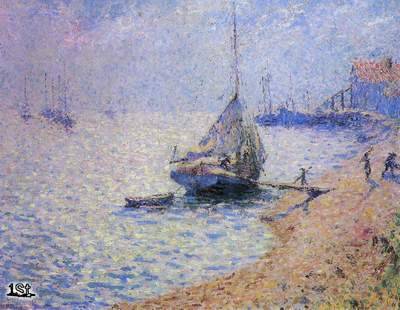
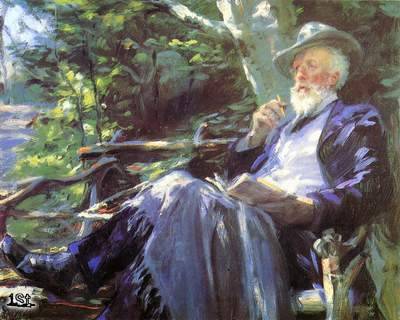
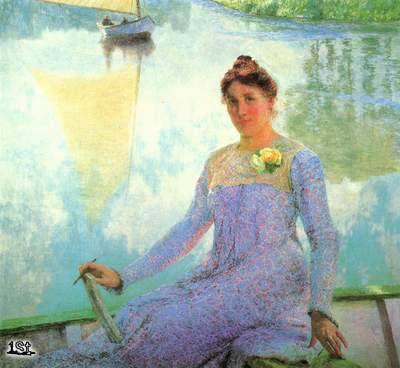
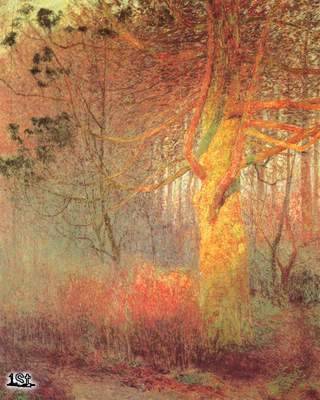
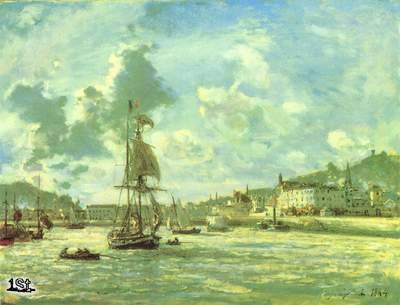
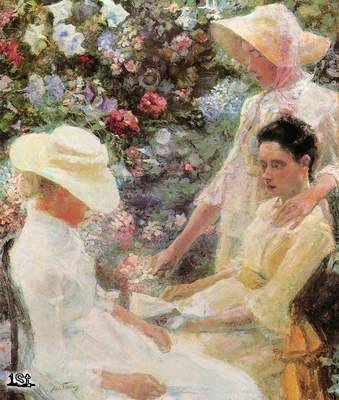
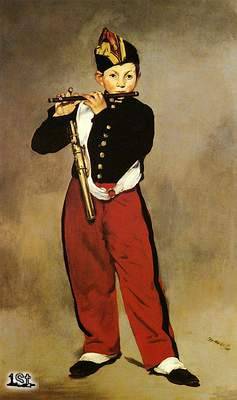
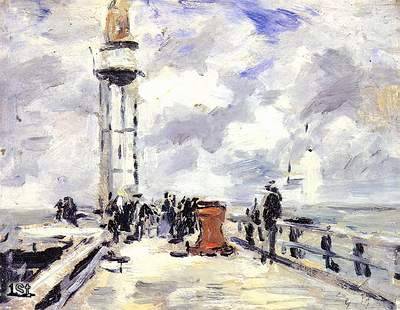
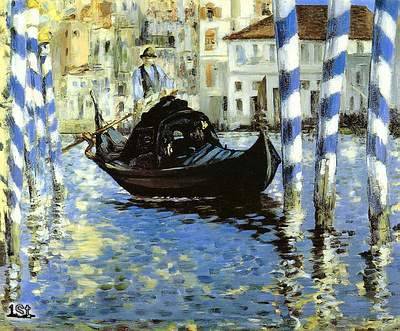
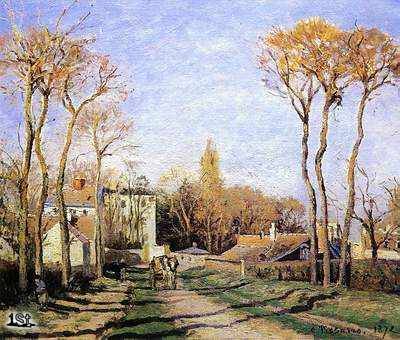
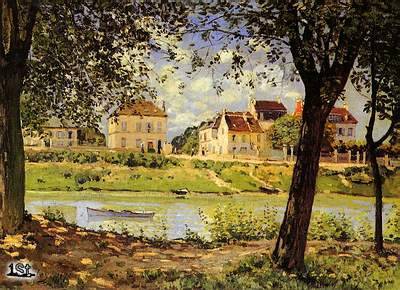

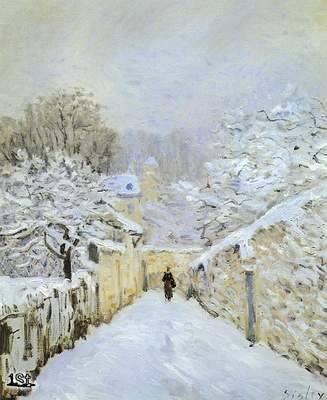
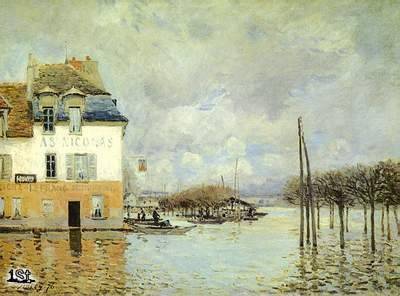
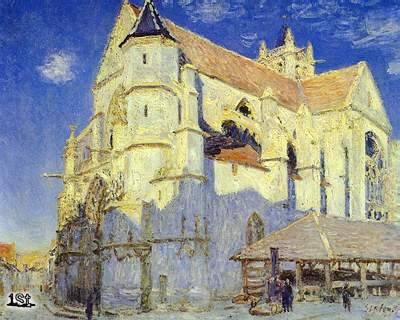
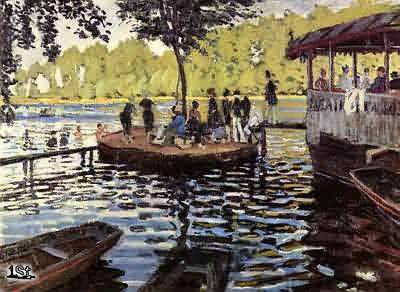
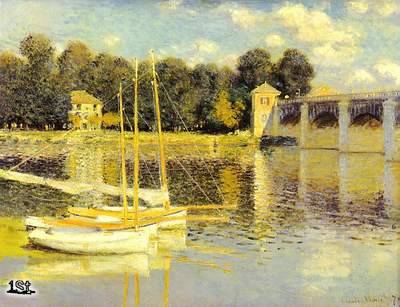
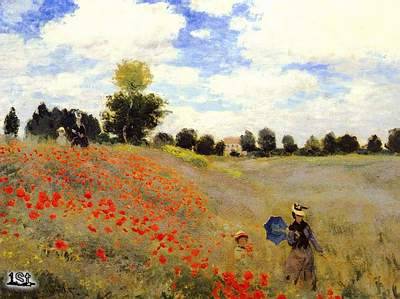
Impressionism
[1867 -
1886]
The impressionist style of
painting is characterized chiefly by concentration on the general impression
produced by a scene or object and the use of unmixed primary colors and small
strokes to simulate actual reflected light.
Impressionism, French Impressionnisme, a major movement, first in painting and
later in music, that developed chiefly in France during the late 19th and early
20th centuries. Impressionist painting comprises the work produced between about
1867 and 1886 by a group of artists who shared a set of related approaches and
techniques. The most conspicuous characteristic of Impressionism was an attempt
to accurately and objectively record visual reality in terms of transient
effects of light and colour. The principal Impressionist painters were Claude
Monet, Pierre Auguste Renoir, Camille Pissarro, Alfred Sisley, Berthe Morisot,
Armand Guillaumin, and Frédéric Bazille, who worked together, influenced each
other, and exhibited together independently. Edgar Degas and Paul Cézanne also
painted in an Impressionist style for a time in the early 1870s. The established
painter Édouard Manet, whose work in the 1860s greatly influenced Monet and
others of the group, himself adopted the Impressionist approach about 1873.


































